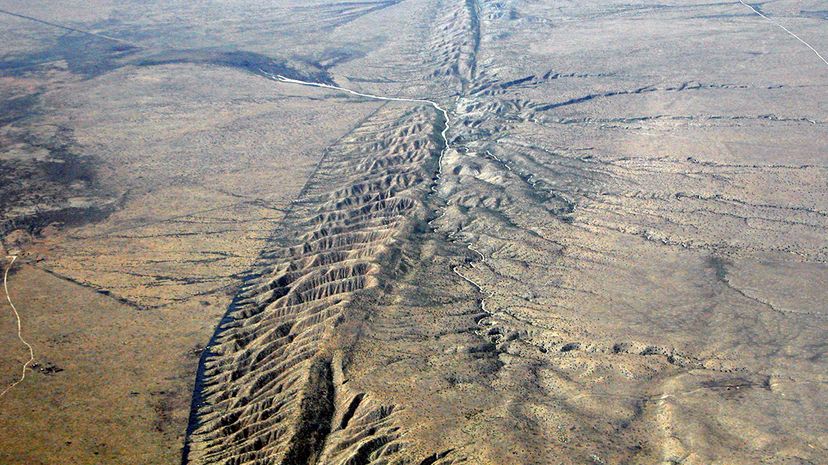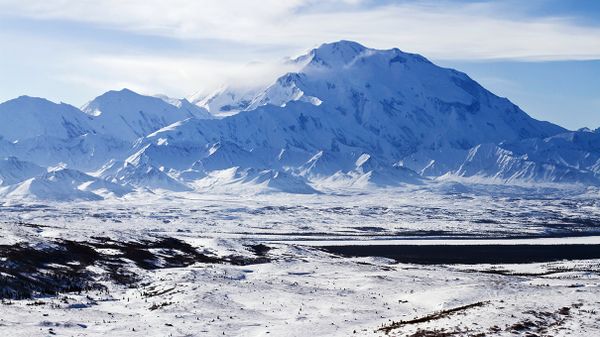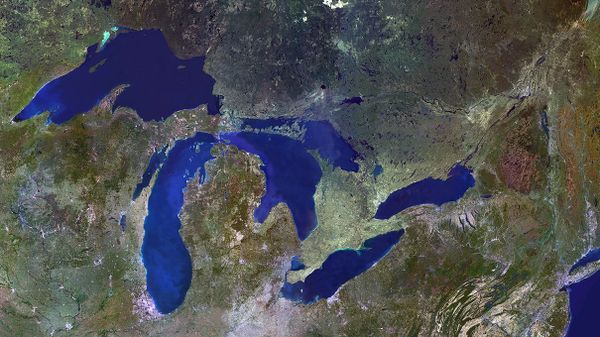
Key Takeaways
- Earth's crust experiences its own tides, flexing under the gravitational pull of the moon and sun, which can influence tectonic faults and potentially trigger earthquakes.
- A study found that every two weeks the rate of low-frequency earthquakes along California's San Andreas Fault increases before the solar/lunar alignment, indicating a link between crustal tides and seismic activity.
- While crustal tides have a measurable influence on seismic tremors, especially in regions deep at the roots of subduction zone faults, these tremors are too small for people to feel or to pose any hazard.
If you earn your living on the ocean, you'd better know how to read a tide table. Around the world, most coastal communities witness sea level rise and fall multiple times every day. The effect can be quite dramatic: On certain days, there's a 53-foot (16-meter) difference between the low and high tides in Canada's Minas Basin Inlet. Working fishermen, divers and ship captains must take fluctuations like these into account. For this reason, governments release tables that predict the heights of future tides for different corners of the oceans.
Yet unbeknownst to many of us, the ground beneath our feet experiences tides of its own. The phenomenon goes by many names, including "land tides," "crustal tides," "Earth tides," and "solid Earth tides." No matter what you call the process, it's caused by the same forces that generate our better-known oceanic tides.
Advertisement
Advertisement

